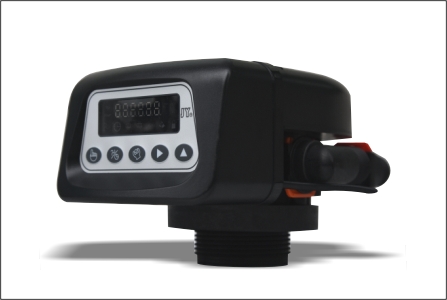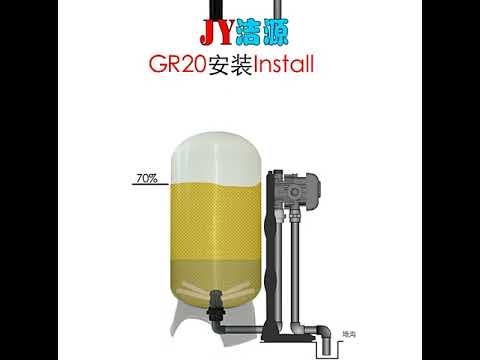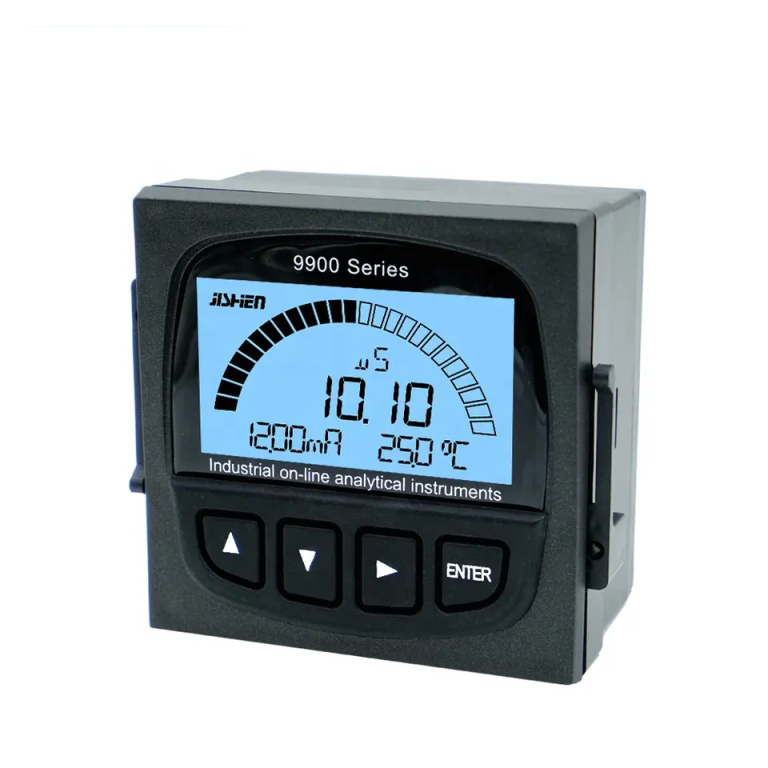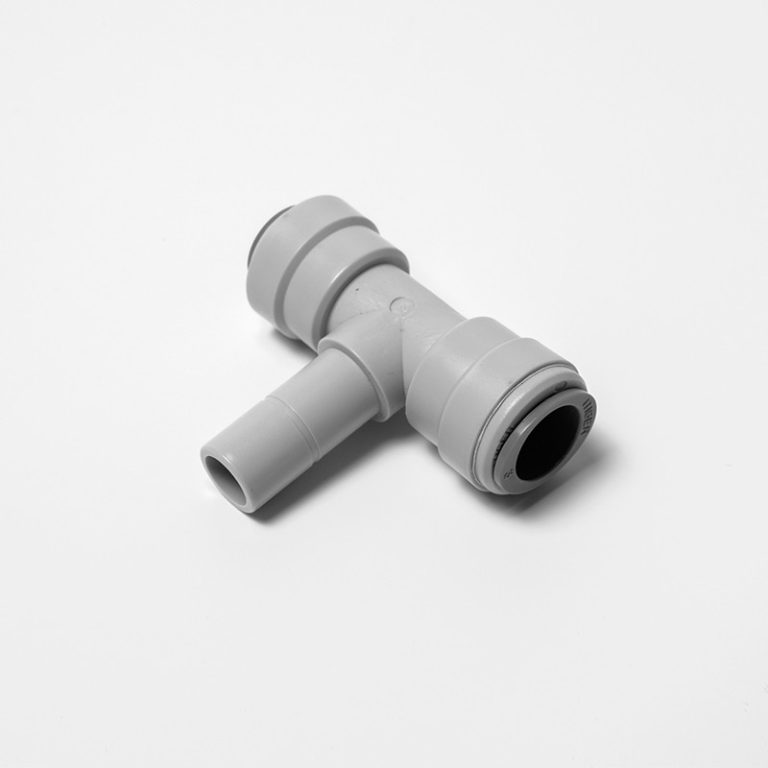“أطلق العنان لقوة الأكسجين: اكتشف ذروة الحيوية المائية.”
العوامل المؤثرة على ارتفاع مستويات الأكسجين المذاب في الماء
العوامل المؤثرة على ارتفاع مستويات الأكسجين المذاب في الماءيعد الأكسجين المذاب عنصرًا حاسمًا لبقاء الكائنات المائية على قيد الحياة. يشير إلى كمية غاز الأكسجين المذاب في الماء. يمكن أن يختلف مستوى الأكسجين المذاب في الماء اعتمادًا على عوامل مختلفة. يعد فهم هذه العوامل أمرًا ضروريًا للحفاظ على نظام بيئي مائي صحي.إن درجة الحرارة هي أحد العوامل الأساسية التي تؤثر على مستوى الأكسجين المذاب في الماء. مع زيادة درجة الحرارة، تنخفض ذوبان الأكسجين. وهذا يعني أن الماء الدافئ يمكن أن يحتوي على كمية أقل من الأكسجين المذاب مقارنة بالمياه الباردة. ولذلك، خلال أشهر الصيف الحارة، تميل مستويات الأكسجين المذاب في الماء إلى الانخفاض. من ناحية أخرى، خلال المواسم الباردة، مثل الشتاء، تكون مستويات الأكسجين المذاب أعلى بشكل عام.هناك عامل آخر يؤثر على مستوى الأكسجين المذاب في الماء وهو وجود النباتات المائية. تلعب النباتات المائية دوراً حيوياً في عملية التمثيل الضوئي، حيث تقوم بتحويل ثاني أكسيد الكربون إلى أكسجين. خلال ساعات النهار، عندما تحدث عملية التمثيل الضوئي بشكل نشط، تميل مستويات الأكسجين المذاب في الماء إلى الارتفاع. ومع ذلك، أثناء الليل، عندما يتوقف التمثيل الضوئي، يمكن أن تنخفض مستويات الأكسجين المذاب.يمكن أن يؤثر وجود الطحالب في الماء أيضًا على مستوى الأكسجين المذاب. الطحالب هي نباتات مجهرية يمكن أن تنمو بسرعة في ظل ظروف معينة، مثل مستويات المغذيات العالية ودرجات الحرارة الدافئة. عندما تزدهر الطحالب، فإنها يمكن أن تغطي سطح الماء، مما يمنع أشعة الشمس من الوصول إلى النباتات المائية. ونتيجة لذلك، يتم إعاقة عملية التمثيل الضوئي، مما يؤدي إلى انخفاض مستويات الأكسجين المذاب. Water turbulence is another factor that affects the level of dissolved oxygen. Turbulence refers to the movement or agitation of water. When water is turbulent, it allows for greater contact between the air and water, facilitating the exchange of gases, including oxygen. Therefore, areas with high water turbulence, such as waterfalls or rapids, tend to have higher dissolved oxygen levels compared to stagnant or still water.The presence of pollutants in water can also impact the level of dissolved oxygen. Pollutants, such as chemicals or organic matter, can consume oxygen during the process of decomposition. This can lead to a decrease in dissolved oxygen levels, making the water uninhabitable for aquatic organisms. Additionally, certain pollutants can also interfere with the ability of aquatic plants to perform photosynthesis, further reducing the dissolved oxygen levels.Lastly, the depth of water can influence the level of dissolved oxygen. In shallow water, sunlight can penetrate to the bottom, allowing for photosynthesis to occur throughout the water column. This results in higher dissolved oxygen levels. In contrast, deeper water receives less sunlight, limiting the photosynthesis process and leading to lower dissolved oxygen levels.In conclusion, several factors can affect the level of dissolved oxygen in water. Temperature, the presence of aquatic plants and algae, water turbulence, pollutants, and water depth all play a role in determining the dissolved oxygen levels. Understanding these factors is crucial for maintaining a healthy aquatic ecosystem and ensuring the survival of aquatic organisms. By monitoring and managing these factors, we can help maintain high dissolved oxygen levels in water and promote a thriving aquatic environment.
Water turbulence is another factor that affects the level of dissolved oxygen. Turbulence refers to the movement or agitation of water. When water is turbulent, it allows for greater contact between the air and water, facilitating the exchange of gases, including oxygen. Therefore, areas with high water turbulence, such as waterfalls or rapids, tend to have higher dissolved oxygen levels compared to stagnant or still water.The presence of pollutants in water can also impact the level of dissolved oxygen. Pollutants, such as chemicals or organic matter, can consume oxygen during the process of decomposition. This can lead to a decrease in dissolved oxygen levels, making the water uninhabitable for aquatic organisms. Additionally, certain pollutants can also interfere with the ability of aquatic plants to perform photosynthesis, further reducing the dissolved oxygen levels.Lastly, the depth of water can influence the level of dissolved oxygen. In shallow water, sunlight can penetrate to the bottom, allowing for photosynthesis to occur throughout the water column. This results in higher dissolved oxygen levels. In contrast, deeper water receives less sunlight, limiting the photosynthesis process and leading to lower dissolved oxygen levels.In conclusion, several factors can affect the level of dissolved oxygen in water. Temperature, the presence of aquatic plants and algae, water turbulence, pollutants, and water depth all play a role in determining the dissolved oxygen levels. Understanding these factors is crucial for maintaining a healthy aquatic ecosystem and ensuring the survival of aquatic organisms. By monitoring and managing these factors, we can help maintain high dissolved oxygen levels in water and promote a thriving aquatic environment.







